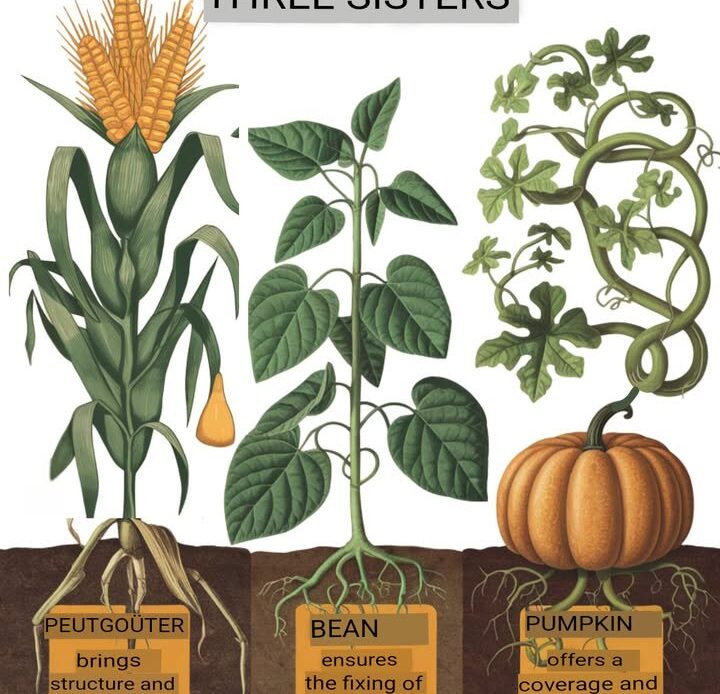For centuries, indigenous farmers in North and Central America practiced a remarkable agricultural technique known as the “Three Sisters” method. This approach, which involves growing corn, beans, and squash together, has stood the test of time due to its efficiency, sustainability, and natural symbiosis. But what makes this combination so powerful? Let’s uncover the science and strategy behind this ancient farming secret.
### **The Three Sisters: A Perfect Agricultural Trio**
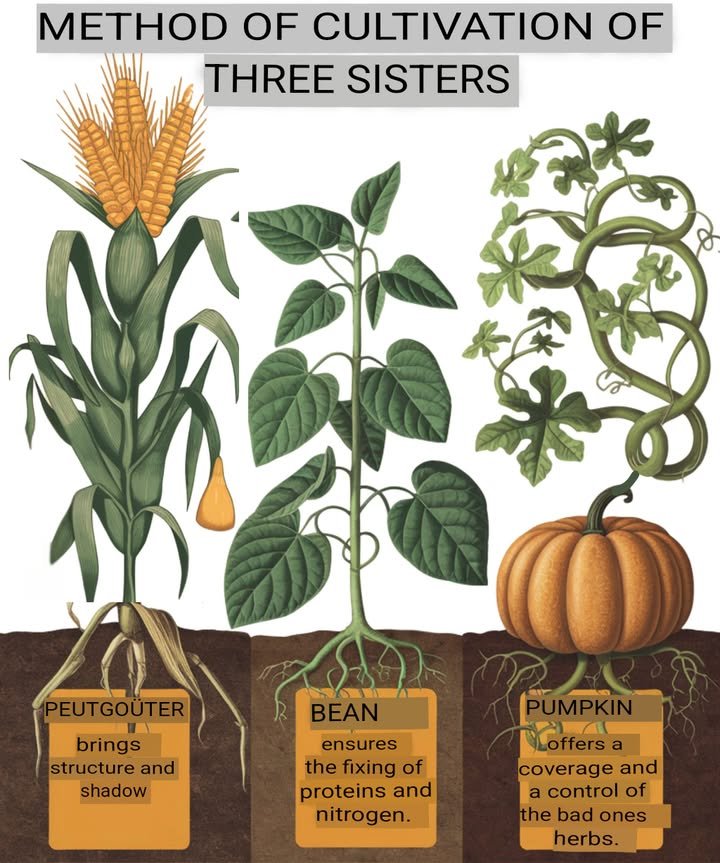
The Three Sisters—corn, beans, and squash—aren’t just randomly chosen crops. Their coexistence is a carefully balanced natural system where each plant benefits the others. This method, also called “Milpa” by indigenous groups, showcases the power of companion planting in maximizing yield, improving soil health, and reducing the need for artificial fertilizers and pesticides.
1. **Corn** (Zea mays) – The Sturdy Support
– Corn serves as a natural trellis for climbing beans.
– It provides much-needed shade for the squash growing below.
– As a tall plant, corn helps block strong winds, protecting delicate vines.
2. **Beans** (Phaseolus vulgaris) – The Nitrogen Fixer
– Beans improve soil fertility by fixing nitrogen, an essential nutrient for plant growth.
– Their vines climb the corn stalks, eliminating the need for additional support structures.
– They help stabilize corn plants against strong winds by anchoring them into the ground.
3. **Squash** (Cucurbita spp.) – The Ground Protector
– Squash spreads across the soil, acting as a living mulch that retains moisture.
– Its broad leaves shade the ground, preventing weed growth and reducing evaporation.
– The plant’s prickly stems deter pests, keeping the garden healthier.
Together, these three crops form an efficient and self-sustaining ecosystem, minimizing the need for human intervention.
### **How the Three Sisters Work Together**
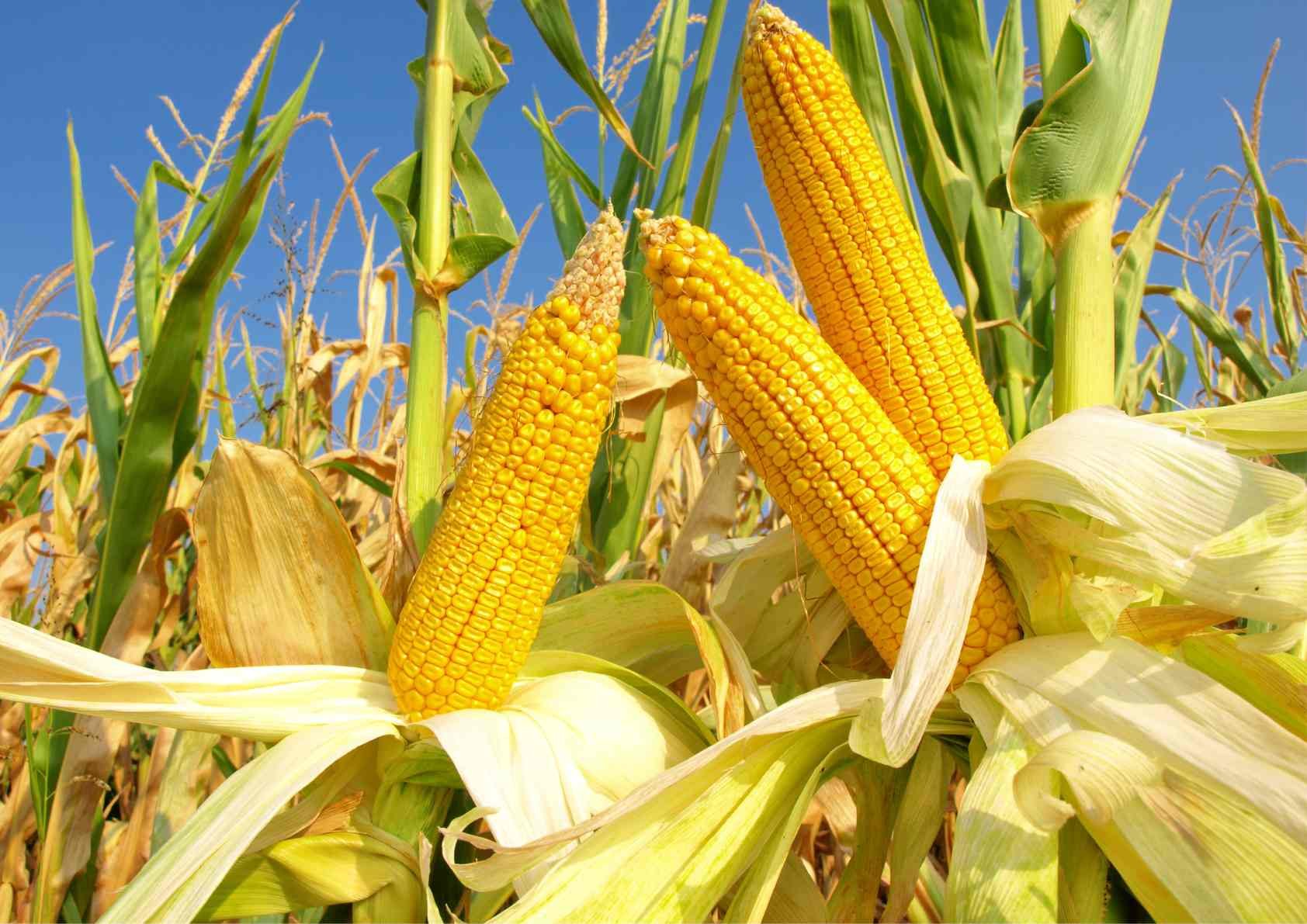
This method is more than just growing plants side by side—it is an intricate system where each plant plays a specific role in supporting the others.
✅ **Improving Soil Fertility**
Corn is a heavy feeder, meaning it depletes the soil’s nutrients quickly. Beans, on the other hand, restore nitrogen through a natural process called nitrogen fixation, in which they convert atmospheric nitrogen into a form that plants can use. This reduces the need for synthetic fertilizers, making the soil healthier over time.
✅ **Maximizing Space**
Instead of spreading crops across large plots of land, the Three Sisters technique utilizes vertical and horizontal space efficiently. Corn grows upward, beans climb the corn, and squash spreads along the ground, ensuring that every inch of soil is used effectively.
✅ **Natural Pest Control**
Squash acts as a natural barrier against pests due to its rough, spiky stems. Additionally, the diverse nature of the Three Sisters garden confuses pests, making it harder for them to target specific crops.
✅ **Moisture Retention**
Squash leaves provide shade, helping to retain soil moisture and reduce water loss. This is particularly beneficial in dry climates or during hot summer months.
✅ **Protection from Harsh Weather**
Corn acts as a windbreak, reducing damage from strong gusts, while beans provide extra stability by anchoring the corn stalks in place. This system enhances the overall resilience of the crops.
### **How to Plant the Three Sisters in Your Garden**
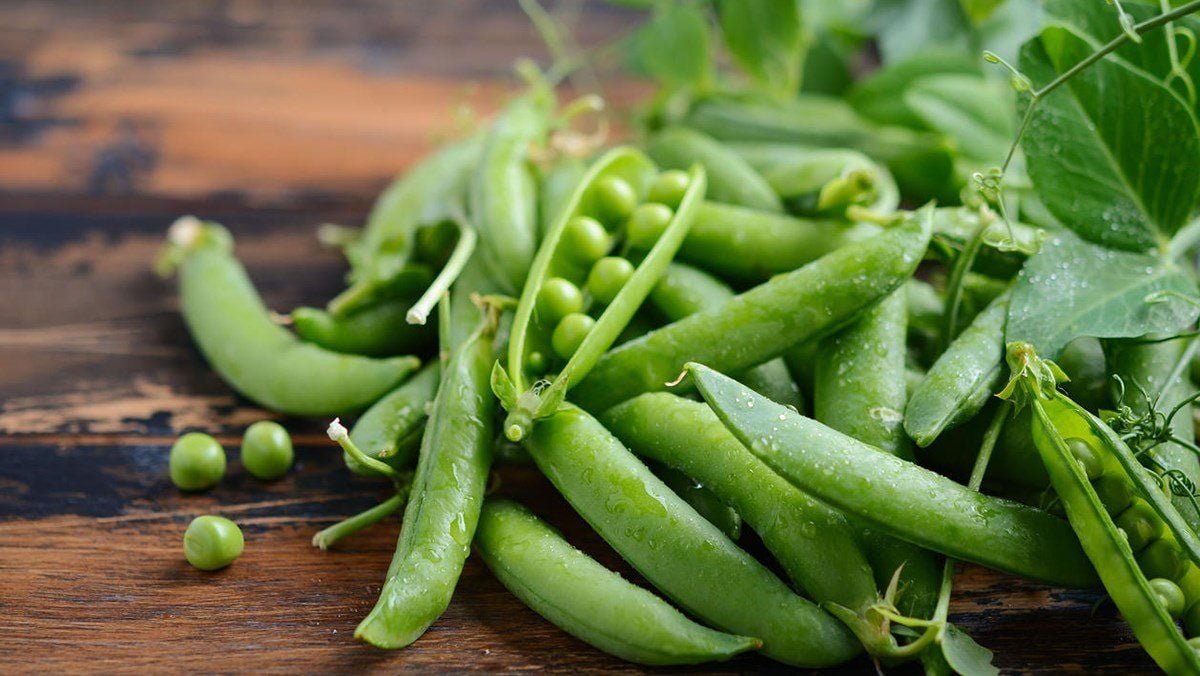
If you’re interested in growing corn, beans, and squash together, follow these simple steps to set up your own Three Sisters garden:
#### **Step 1: Choose the Right Varieties**
For best results, select plant varieties that complement each other:
– **Corn** – Choose a tall variety like dent, flint, or sweet corn.
– **Beans** – Opt for pole beans rather than bush beans, as they need to climb.
– **Squash** – Select sprawling varieties like butternut, acorn, or pumpkins.
#### **Step 2: Prepare the Soil**
Since corn requires nutrient-rich soil, prepare the garden bed with compost or organic matter before planting. Ensure the area receives full sun for at least 6–8 hours per day.
#### **Step 3: Plant the Corn First**
– Plant corn seeds in small mounds about 4–6 inches apart.
– Space mounds at least 3 feet apart to allow squash room to spread.
– Water thoroughly and wait for the corn to grow at least 6 inches tall before planting beans.
#### **Step 4: Add the Beans**
– Plant bean seeds around the base of the corn stalks.
– Space beans about 3 inches away from each corn plant.
– Beans will climb naturally as they grow, so no need for additional support.
#### **Step 5: Introduce the Squash**
– Once the beans have sprouted, plant squash seeds around the perimeter of the mound.
– Space squash plants about 12 inches apart to give them enough room to spread.
#### **Step 6: Maintain Your Garden**
– Keep the soil moist but not waterlogged.
– Remove weeds carefully to avoid disturbing plant roots.
– If needed, gently guide the bean vines to climb the corn stalks.
### **Additional Tips for Success**
✔ **Timing is Key** – Always plant corn first, as it needs a head start to grow strong enough to support beans.
✔ **Use Organic Fertilizers** – Compost and aged manure can boost soil fertility without chemicals.
✔ **Rotate Crops Each Season** – Avoid planting the Three Sisters in the same spot every year to prevent soil depletion.
✔ **Watch for Pests** – Keep an eye out for squash bugs and corn earworms. Companion planting with marigolds can help repel insects.
### **The Sustainability of the Three Sisters**
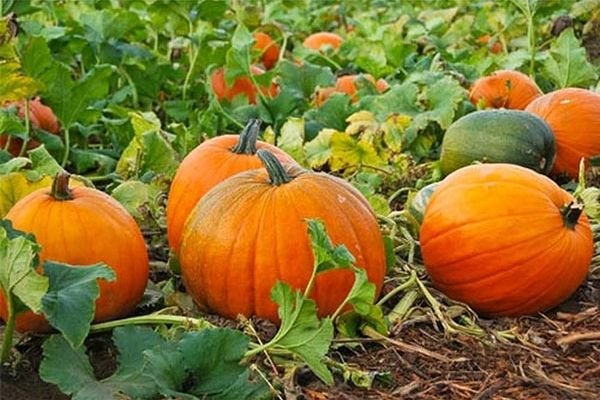
One of the most significant advantages of the Three Sisters method is its sustainability. Unlike monoculture farming, which depletes soil nutrients and relies on chemical fertilizers, this method promotes biodiversity, enhances soil health, and reduces the need for artificial inputs.
In modern times, many farmers and gardeners are rediscovering this ancient technique as a way to grow food naturally, improve soil quality, and increase resilience against climate changes.
### **Conclusion**
The Three Sisters planting method is more than just a gardening trick—it’s a time-tested agricultural strategy that offers numerous benefits. By understanding the natural harmony between corn, beans, and squash, you can cultivate a productive and sustainable garden with minimal effort.
If you’re looking for an eco-friendly, space-efficient, and high-yield gardening method, the Three Sisters technique is a fantastic option to explore. Ready to give it a try? Plant your own Three Sisters garden today and experience the magic of this ancient farming wisdom
